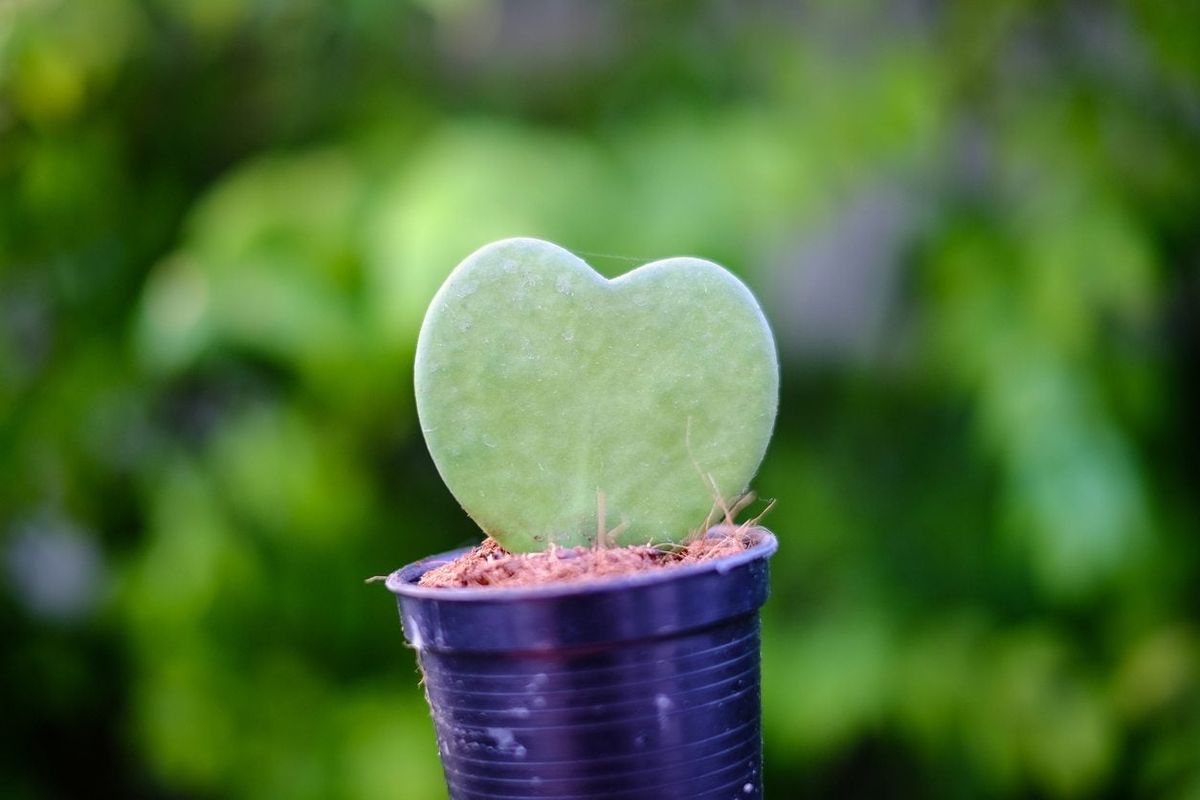Understanding Hoya Succulents
Hoya succulents, often referred to as wax plants, are a captivating genus of flowering plants renowned for their unique beauty and low-maintenance nature. These tropical vines or trailing plants are native to Southeast Asia, Australia, and Polynesia. Their distinctive features include thick, waxy leaves and clusters of star-shaped flowers that emit a delightful fragrance.
The Allure of Hoya Succulents
Hoya succulents possess an undeniable aesthetic appeal that has captivated plant enthusiasts worldwide. Their lush, vibrant foliage and exquisite blooms add a touch of elegance to any indoor space. Whether you prefer the classic green varieties or the striking variegated forms, there is a Hoya succulent to suit every taste.
Key Aesthetic Features:
Waxy Leaves: The thick, succulent leaves of Hoya plants are often adorned with intricate patterns and textures.
The Benefits of Owning a Hoya Succulent
:max_bytes(150000):strip_icc()/hoya-heart-plant-2000-72fc37c5b1bf403fbcaf8c44d944198b.jpg)
Beyond their aesthetic appeal, Hoya succulents offer a range of benefits for both novice and experienced plant owners:
Low-Maintenance: Hoya plants are remarkably easy to care for, making them ideal for busy individuals or those new to plant ownership.
Caring for Your Hoya Succulent
To ensure the optimal health and beauty of your Hoya succulent, follow these simple care tips:
Light:
Bright, Indirect Light: Hoya plants thrive in bright, indirect light. Avoid exposing them to direct sunlight, as this can scorch their leaves.

Watering:
Allow Soil to Dry Out: Hoya plants are succulent, meaning they store water in their leaves. Overwatering can lead to root rot.
Humidity:
Temperature:

Warm Temperatures: Hoya plants thrive in warm temperatures between 65°F and 80°F (18°C and 27°C).
Fertilizing:
Pruning:
Prune to Shape: Prune your Hoya plant to encourage bushier growth and remove any dead or damaged leaves.
Propagating Your Hoya Succulent
Propagating Hoya succulents is a rewarding process that allows you to expand your plant collection. Here are two common methods:
Stem Cuttings:
1. Cut a stem cutting that is 4-6 inches long, ensuring it includes at least two nodes.
2. Remove the lower leaves from the cutting.
3. Dip the cut end in rooting hormone to encourage root development.
4. Plant the cutting in a well-draining potting mix.
5. Keep the soil moist but not soggy.
6. Place the cutting in a warm, bright location.
7. Roots should develop within a few weeks.
Leaf Propagation:
1. Select a healthy, mature leaf.
2. Gently detach the leaf from the stem, ensuring that a small piece of stem is attached.
3. Place the leaf on top of a well-draining potting mix.
4. Keep the soil moist but not soggy.
5. Place the leaf in a warm, bright location.
6. New plantlets will eventually emerge from the base of the leaf.
Common Hoya Succulent Varieties
The genus Hoya encompasses a diverse range of species, each with its own unique characteristics. Here are a few popular Hoya succulent varieties:
Hoya carnosa: This classic Hoya succulent is known for its waxy, heart-shaped leaves and clusters of fragrant, star-shaped flowers.
By understanding the basic care requirements and appreciating the unique beauty of Hoya succulents, you can cultivate these enchanting plants in your home and enjoy their many benefits.
:max_bytes(150000):strip_icc()/hoya-heart-plant-2000-72fc37c5b1bf403fbcaf8c44d944198b.jpg?w=1200&resize=1200,0&ssl=1)